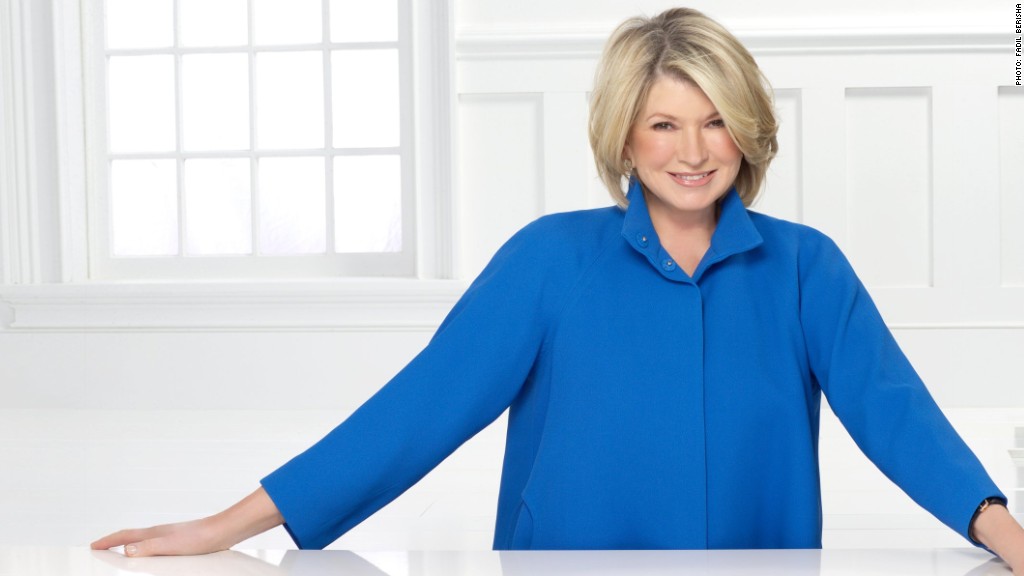
This past weekend, at our headquarters in New York City, my company celebrated the third annual Martha Stewart American Made Summit, which brings together artisans, crafters, and DIYers of all types to celebrate innovation and creative entrepreneurship.
We honored ten American manufacturers who have inspired us with their beautiful goods, quality craftsmanship, and innovative ideas.
This year, some big players in the tech world, like HP and MakerBot Industries, a 3-D printing company, were at the summit to showcase their latest tools.
For the first time, within the artisan and crafting community, we're seeing a merging of time-honored, heritage methods and the cutting-edge tools of high technology like 3-D printers.
I love 3-D printers. Small enough to sit on your desktop, they construct three-dimensional solid products from a digital file by laying down small amounts of material in successive layers.
With a 3-D printer, you can design a product and immediately do a small production run without having to create an expensive mold -- and without forfeiting your individual design touches and personal aesthetic. No wonder 3-D printers have become so popular among artists and designers.
Related: The UPS Store will 3-D print stuff for you
At my company we have often hired outside firms to make models of our houseware designs on commercial printers.
But now that 3-D printers have become readily available, we can prototype our designs for flatware, platters, and pots and get a sense of how they will actually look and feel before we take them to our partners.
3-D printers are changing the way we fabricate all sorts of things, in both the workplace and at home. We can now create for ourselves household objects or jewelry, for example, including replacements for lost or broken objects. The possibilities are endless and magical.
New technologies like Sprout, an interactive HP computing platform, as well as 3-D printing, are democratizing the creative process by allowing creative entrepreneurs to create finished products on an equal footing with larger manufacturers.
With these tools, any inspired individual, in just about any design realm, can turn out a polished, finished product, quickly and economically, that still has the artisanal character of a handcrafted item.
Name That Cookie is a small firm run by artists in St. Petersburg, Fla. -- and a 2014 American Made Finalist in the Style category -- that makes personalized cookie cutters for pet treats. Before launching the company, the owners bought a MakerBot printer to make jewelry, but then began experimenting, hit on the idea of 3-D printed cookie cutters, and created a new product line.
Now the company has a designated workspace with three 3-D printers working almost around the clock. "I can wake up in the morning with an idea, design it on the computer, print it, take a photo, and have it up for sale on our website by lunch," says co-owner Alex Kaufman.
Before 3-D printers came onto the market several years ago, that process would have taken weeks, even months, and cost a lot of money to prototype a product -- just to make one piece.
Related: The future of tech: Your local library
I've built my professional life on reviving, exploring, and teaching traditions handed down for generations. I created the American Made Summit in part to celebrate time-honored methods and techniques that were in danger of being forgotten, and becoming obsolete.
But the technological advances of recent years have allowed me to be creative in ways that were until now unimaginable. You don't need hundreds of thousands of dollars to realize your creative vision and turn it into a thriving business -- the tools are at your fingertips.
What intrigues me is that no one knows exactly how these technologies will be used in the future.
Tech companies are providing the tools, but the crafters and innovators are using them in ways we never imagined.
They are pushing the boundaries of what is possible.

